Platform Proficiency: Influencers to Aspiring Creators
At present, one of Assam’s most popular influencers and YouTubers is Dimpu Baruah. The twenty-eight-year-old hails from a small town in lower Assam, where he was teaching middle school students before he started his YouTube channels—Dimpu Baruah (with 1.94 million subscribers, as of February 2024) and Dimpu’s Vlog (with 2.97 million subscribers, as of February 2024). Baruah first began making videos six years ago, with his earliest “instructional” video uploaded to YouTube on 10 September 2017. An exploration of these early videos in his self-titled technical channel reveals a series of such instructional videos, which range from him explaining in Assamese how YouTube sends you money to the history of Jio (India’s largest mobile network operator).
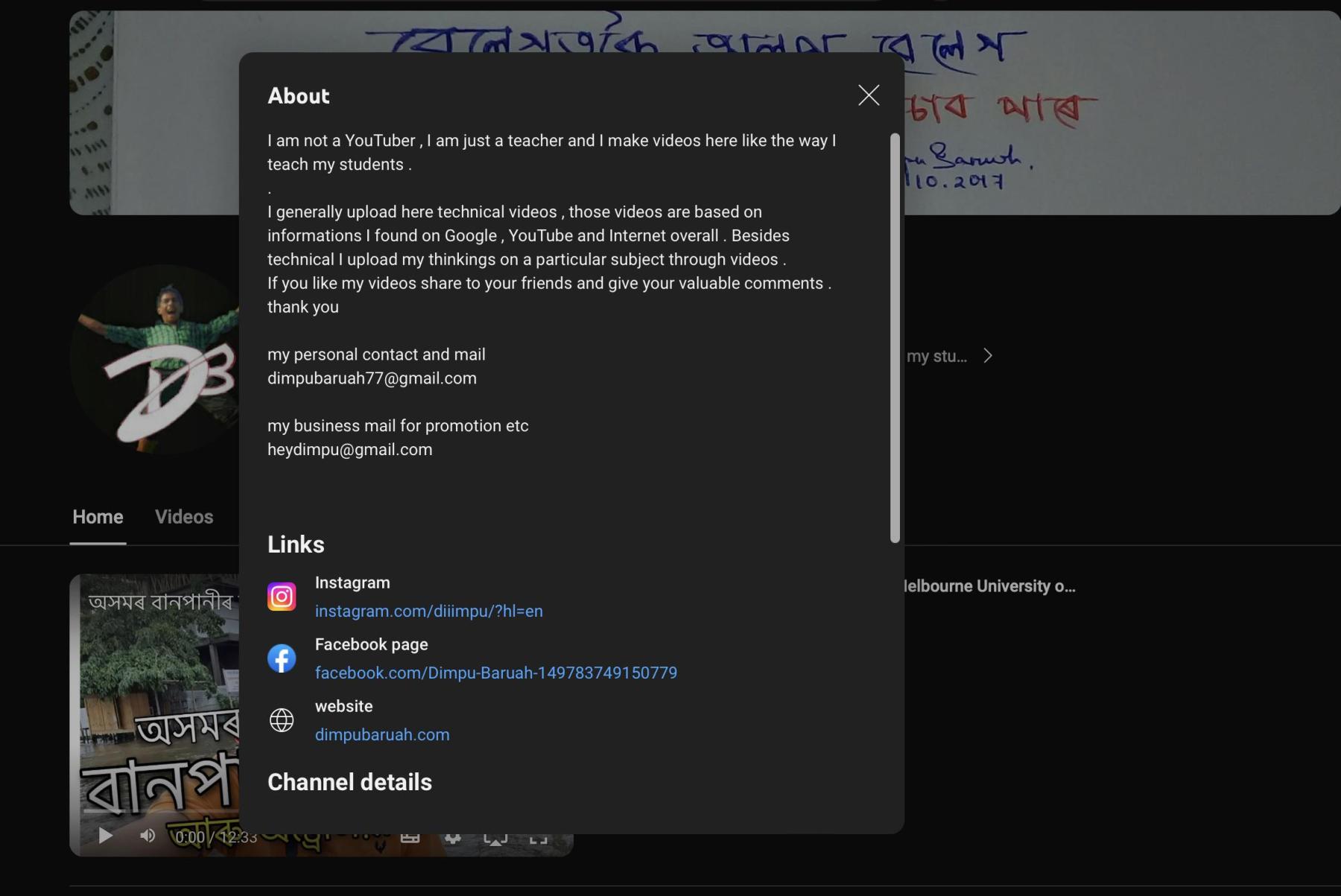
Screengrab from Dimpu Baruah’s “About” page, YouTube. (29 February 2024)
Through his instructional videos, Baruah shifts the experience of community empowerment in a neoliberal creator economy where garnering engagement online depends on one’s competence in using the platform. In his 2020 interview with Doordarshan Guwahati, Baruah describes how Jio introduced him to the expanded world of YouTube. Earlier, his access to YouTube was limited to watching and listening to music. Cheap mobile data through Jio allowed him to further explore the video-sharing site, where he came across the works of YouTubers, both local and global.
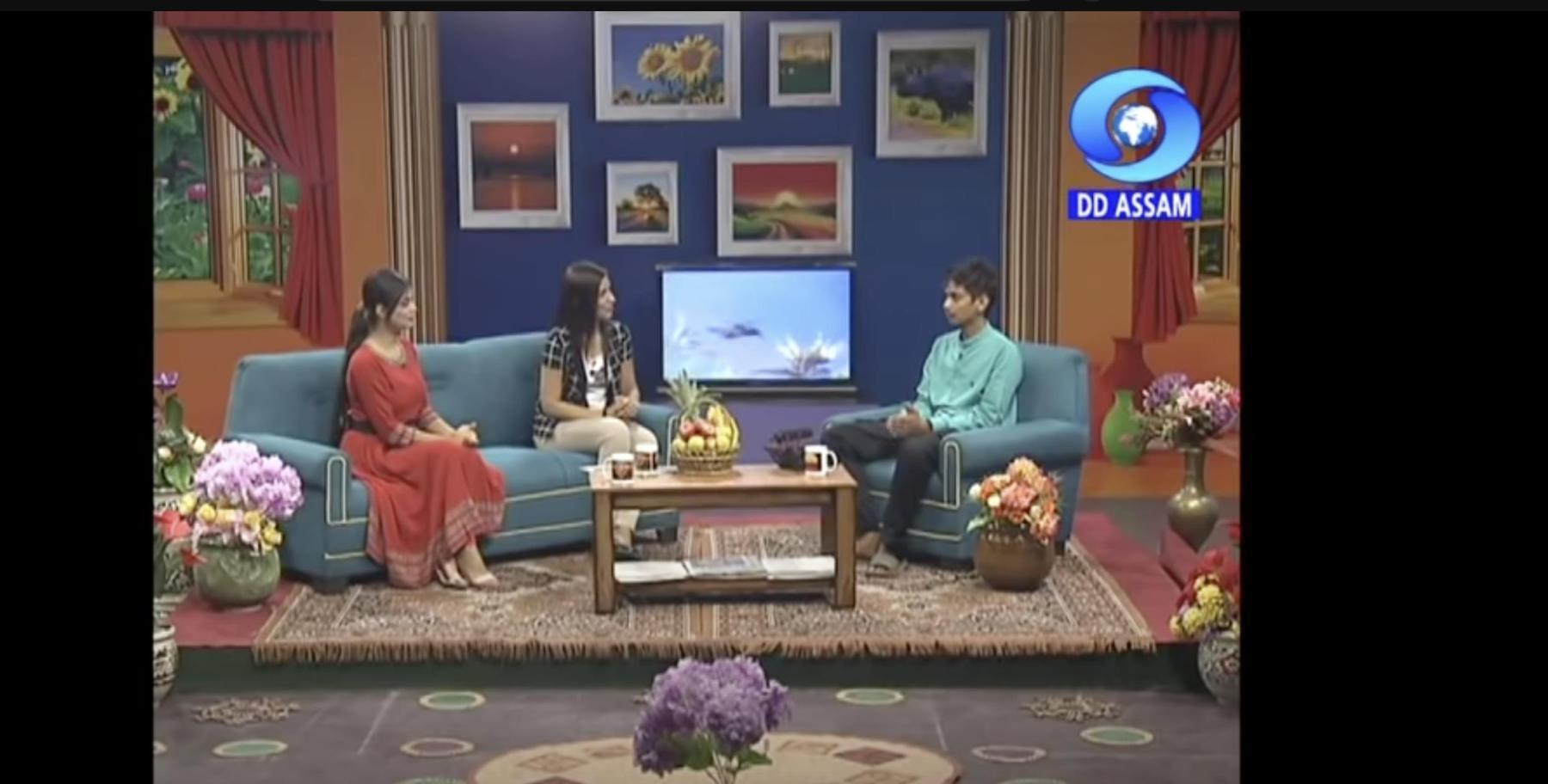
Screengrab of a Doordarshan Assam interview with Baruah in 2020. (29 February 2024)
I identify three categories of videos from Baruah’s technical blog, Dimpu Baruah, viz., 1) monetising videos, 2) earning videos and 3) platform informational videos. By monetising videos, I refer to videos where he provides information on AdSense, a programme run by Google, where website publishers in the Google Network of content sites serve text, images, video, or interactive media advertisements targeted to the site content and audience. Baruah outlines the changing rules of YouTube, educating his viewers on how monetisation works on the platform. In the second category of earning videos, he instructs his viewers on ways to earn money online, particularly using YouTube. The final category of videos deals with information about specific digital corporations, which involves providing their developmental history as well as their impact on society as understood by Baruah. While sharing these instructional videos, he presents a realistic estimate of how profitable it can be, citing his example, in addition to extending his knowledge to other aspiring YouTubers who have limited to no sources to access and understand this platform. The presence of these categories demonstrates a shared aspiration and endeavour to master a platform. In the creator economy, the drive behind the sharing of these videos can be perceived as a creator’s effort to empower his community.
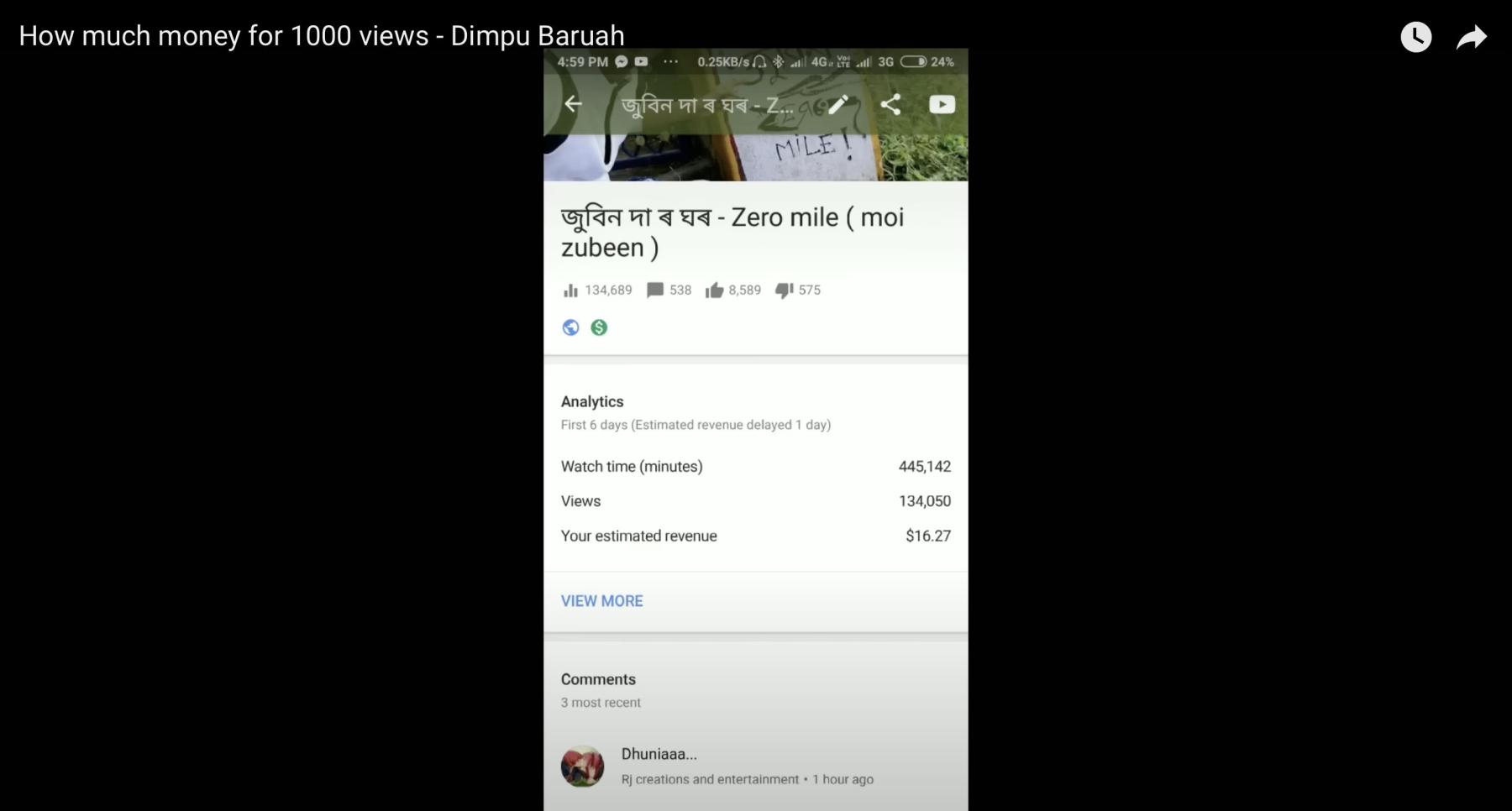
Screengrab from one of these “earning videos” that was uploaded to Dimpu Baruah’s channel on 24 November 2018. (4 March 2024)
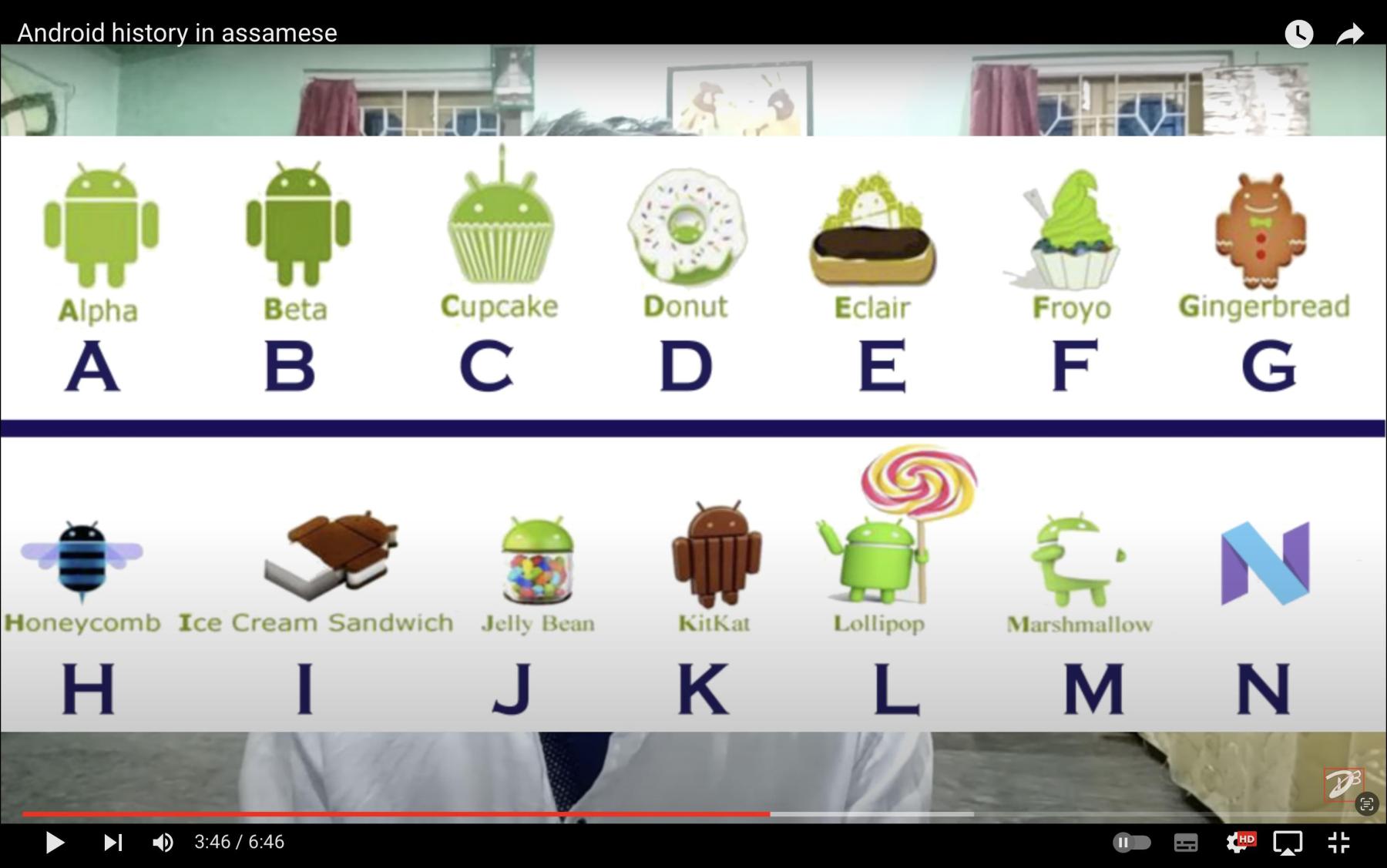
Screengrab from a “platform informational video” uploaded to Dimpu Baruah’s channel on 22 March 2018, where he provides information on the different Android versions. (4 March 2024)
Baruah’s videos convey a sincere effort to tell others that starting a YouTube channel is easy. The instructional mode of these videos attests to his encouragement—simple explainer videos in Assamese of the otherwise complicated operation of AdSense or other technical details of earning on online platforms, the frequent changes in their policies, the definition of what is accepted content or a quality production, among others. To thrive in the creator economy, it becomes imperative for such creative entrepreneurs to remain up-to-date with these changes. Influencers like Baruah aid and encourage the aspiring YouTubers through relatability, expressed through shared language as well as cultural and social intimacy.
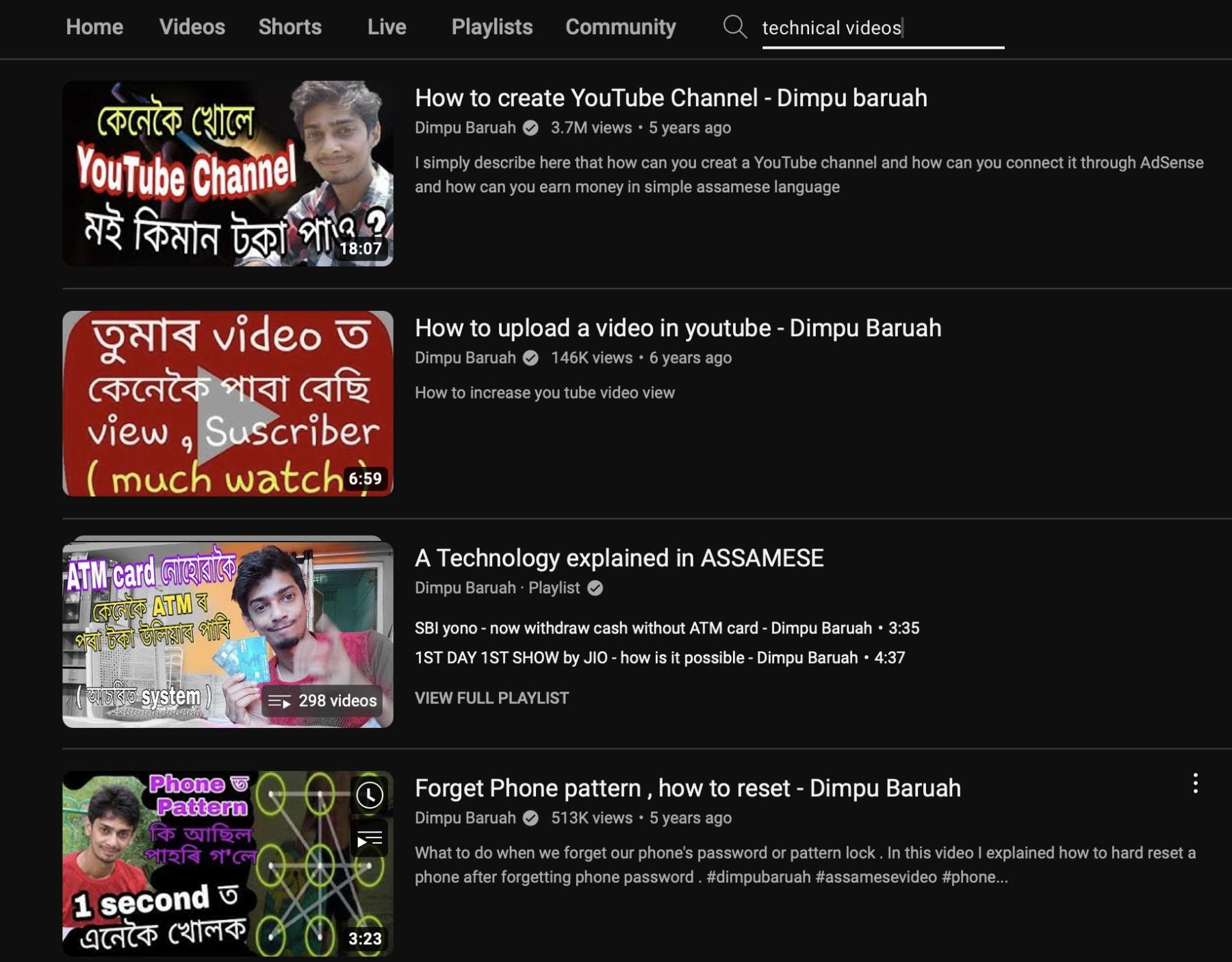
A list of Baruah’s videos on decoding YouTube in Assamese. (29 February 2024)
YouTube has increasingly allowed for the mobilisation of contesting subcultural identities, through their implication of hustle culture and aspirational economies. This increasingly results in new commodity dynamics that are internally driven by a desire to reach ever more markets, audiences and publics. A desire for proficiency in using a platform guides Baruah’s instructional videos. YouTube provides aspirational hope to the community by promoting the idea of monetising one’s passions, becoming one’s own boss and not being dependent on a nine-to-five job. After all, what is more empowering than being one’s own boss in a techno-feudalist state! YouTube presents an illusion of a greater possibility within such publics as economic precarity becomes a reality. This illusion materialises as the platform embodies larger economic possibilities as a by-product of this engagement, as long as creators are ready to work and keep on engineering content for the platform.
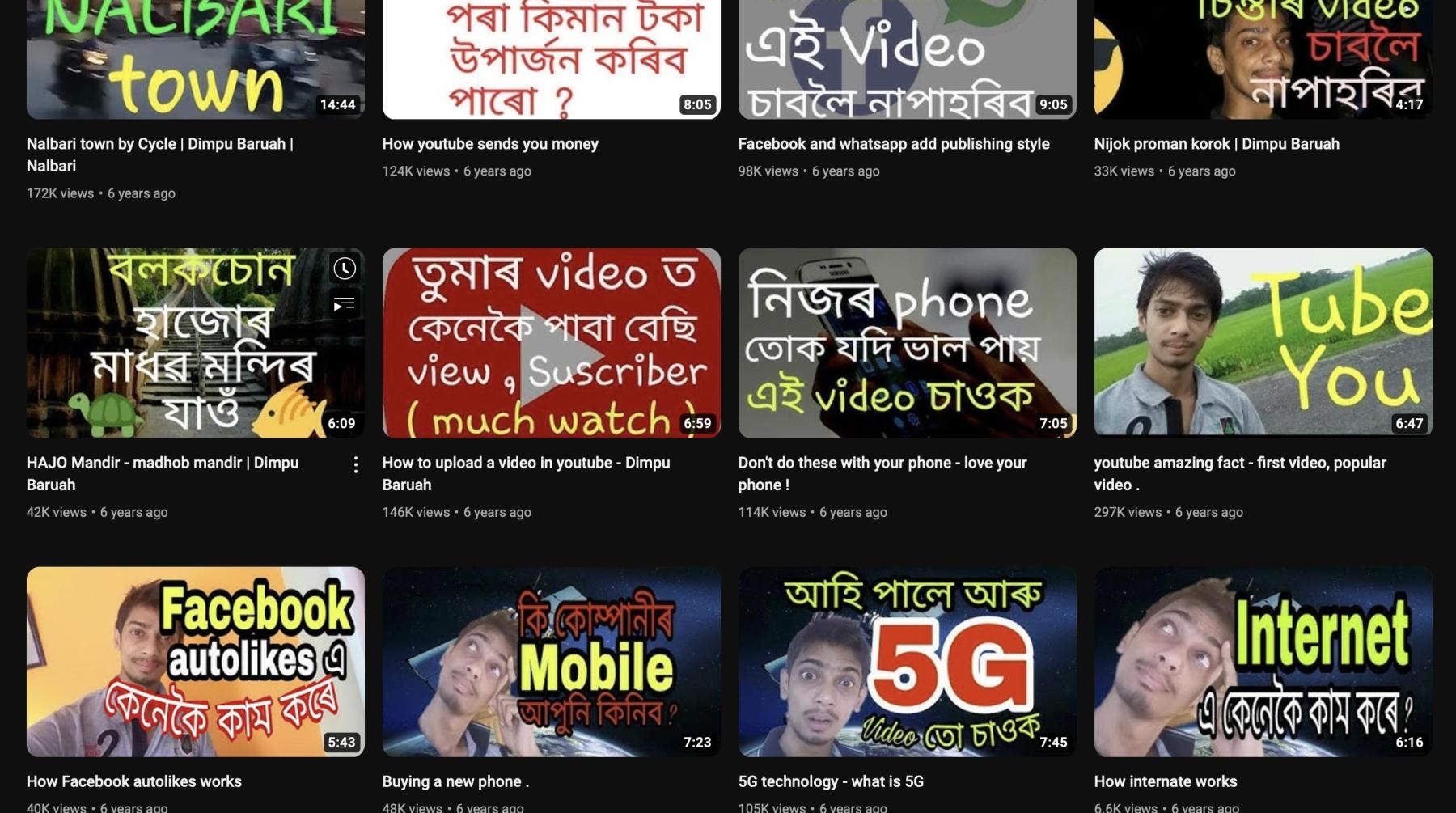
Screengrab of his oldest videos on the channel, Dimpu Baruah. (2 March 2024)
To learn more about internet culture in Assam, read Sagorika Singha’s essay on viral rap music in the wake of the Citizenship Amendment Act (CAA).
All images are screengrabs taken from Dimpu Baruah’s channel. Images courtesy of the author and YouTube.




